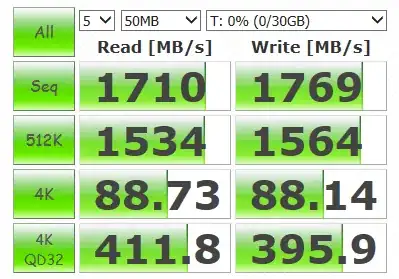I will have a new fiber optic Internet connection coming in to building A, and need to set up an access point in building B. Both are commercial buildings. The fiber Internet is currently 20 Mbps, but potentially up to 1000 Mbps.
The buildings are line of sight but there are trees, and in winter it snows up to 5-30 feet deep. Point to point wireless is in use now, but it just won't work well after storms when the trees are snow laden. I'm not on site regularly, so I have to execute in one shot.
I know I could run cat6 cable tree to tree, with lightning protection blocks, and possibly an optical isolation gadget at one end.
AT&T Dedicated Internet abandoned a fiber cable running almost the entire distance. With the right knowledge, and a fiber Ethernet bridge, that could do it. It's whatever fiber they would have used - unknown if it's single mode or multi-mode or what.
Or, I could run new fiber from tree to tree. With a learning curve on fiber types, connector types, polishing, and hanging.
I'd call in a networking company, but the location is in the boondocks. How would you get this job done? What's the barrier to entry for a first time (only time) DIY run like this? Is there a good guide to connector types and cable options,especially for fiber? I see a lot of fiber equipment, but not a lot of "sets" of cable/connector/repeaters that are all ready to play well together.
